Promote your mobile application through social media, app store optimization, and influencer partnerships. Leverage email marketing and engage with your audience.
Launching a mobile app can be exciting, yet challenging. Effective promotion is key to gaining visibility and attracting users. Social media platforms, like Instagram and Facebook, offer vast audiences and targeted advertising options. App store optimization (ASO) ensures your app ranks higher in search results, increasing downloads.
Table of Contents
Partnering with influencers can amplify your app’s reach and credibility. Email marketing keeps potential users informed and engaged. Engaging with users through reviews and feedback builds trust and fosters a loyal community. Utilizing these strategies can significantly boost your app’s success and user base.
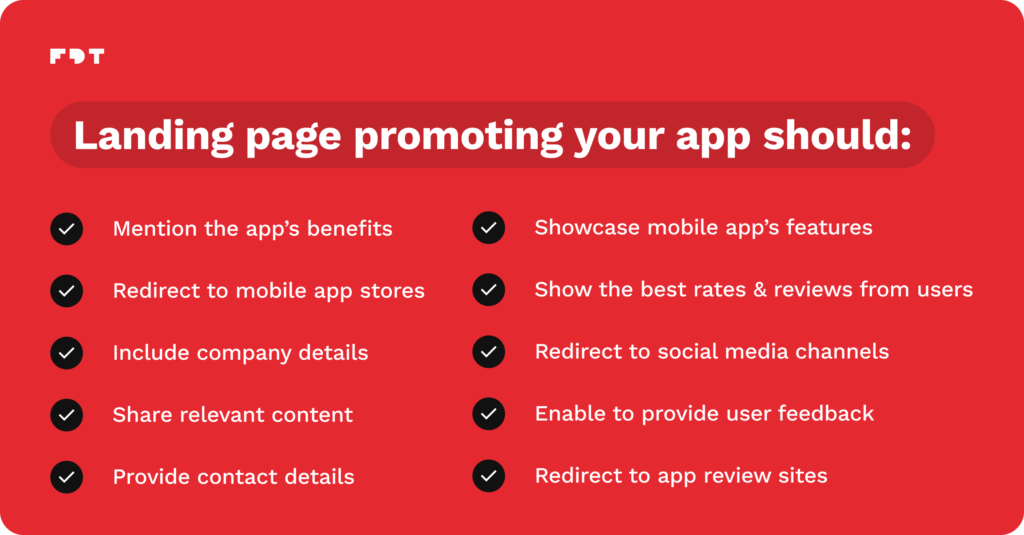
Credit: www.feedough.com
Pre-launch Strategies
Effective pre-launch strategies set the stage for your app’s success. This phase involves crucial steps that ensure your app reaches the right audience. Below, we’ll explore two key components of pre-launch strategies: market research and target audience.
Market Research
Market research helps you understand the current trends and competition. It involves collecting and analyzing data about your app’s industry.
- Identify top competitors.
- Analyze their strengths and weaknesses.
- Understand market demand and user preferences.
Use tools like Google Trends and App Annie for insights. These tools provide data on popular keywords and app performance.
Target Audience
Identifying your target audience is crucial. It helps you tailor your marketing strategies effectively.
- Create user personas.
- Identify their needs and pain points.
- Understand their behavior and preferences.
Segment your audience based on demographics, interests, and behavior. This helps in creating personalized marketing messages.
| Demographic | Interest | Behavior |
|---|---|---|
| Age 18-24 | Gaming | Active on social media |
| Age 25-34 | Fitness | Frequent app user |
Use this information to craft compelling pre-launch campaigns. Engage with your audience early and build anticipation.

Credit: triare.net
Creating Buzz
Promoting your mobile app requires generating excitement. Creating buzz involves strategic efforts. This section will cover key methods to build anticipation. Let’s dive into how you can create buzz effectively.
Social Media Teasers
Social media teasers are an excellent way to create excitement. Share sneak peeks of your app’s features. Use engaging visuals and short videos to capture attention. Post regularly on platforms like Facebook, Instagram, and Twitter.
Consider the following tips:
- Post daily updates to keep your audience engaged.
- Use hashtags to reach a broader audience.
- Engage with comments and questions to build a community.
- Create countdowns to build anticipation for the launch.
Using these strategies, you can build a loyal following. This buzz can lead to more downloads and user engagement.
Influencer Partnerships
Influencer partnerships can significantly boost your app’s visibility. Collaborate with influencers who align with your app’s niche. These influencers have a loyal following that trusts their recommendations.
Follow these steps for effective partnerships:
- Identify influencers that match your target audience.
- Reach out with a personalized message detailing your app.
- Offer incentives like free app access or payment for promotion.
- Track the performance of each influencer’s promotion.
By partnering with influencers, you can tap into their audience. This strategy can lead to higher engagement and downloads for your app.
App Store Optimization
App Store Optimization (ASO) helps your app rank higher in app stores. Higher rankings lead to more downloads and user engagement. Two main factors drive ASO: Keyword Research and Compelling Descriptions.
Keyword Research
Keyword Research is crucial for ASO. Use keywords that your target audience searches for. Tools like Google Keyword Planner can help find these keywords. Aim for both high-volume and low-competition keywords.
Place the primary keyword in the app title. This improves visibility. Include secondary keywords in the app description. Do not stuff keywords, use them naturally.
| Keyword | Search Volume | Competition |
|---|---|---|
| Photo Editor | High | Medium |
| Video Maker | High | High |
| Fitness Tracker | Medium | Low |
Compelling Descriptions
A compelling description attracts users and boosts downloads. The first few lines are the most important. They should grab the user’s attention.
Highlight the app’s unique features and benefits. Use bullet points for clarity:
- Easy-to-use interface
- Advanced photo editing tools
- Seamless social media sharing
Include a call-to-action in your description. Encourage users to download and try the app. For example, “Download now to create stunning photos!”
Content Marketing
Content Marketing is a powerful way to promote your mobile application. It involves creating valuable, relevant content to attract and engage your target audience. Below are some effective strategies for content marketing.
Blog Posts
Writing blog posts about your mobile application can significantly boost its visibility. Share tips, how-tos, and updates related to your app.
- App Features: Write detailed articles about your app’s features.
- User Stories: Share success stories of users who benefit from your app.
- Industry News: Keep your audience informed with news and trends in your app’s industry.
Use SEO techniques to make your blog posts search-friendly. Add keywords naturally in your content. Use engaging headlines and subheadings.
Guest Articles
Publishing guest articles on popular blogs can expand your reach. Find blogs that target your app’s audience and pitch your content ideas.
- Research: Identify blogs that accept guest posts.
- Pitch: Send a compelling pitch to blog editors.
- Write: Create high-quality, informative articles that link back to your app.
Guest articles can build your credibility and drive traffic to your app. Ensure your content adds value to the host blog’s readers.
Email Marketing
Email marketing is a powerful tool for promoting your mobile app. It helps you reach a targeted audience directly. This guide will show you how to build a list and craft campaigns. Let’s dive into the details.
Building A List
Your email list is a valuable asset. It contains potential users interested in your app. Start by collecting emails from your website, social media, and other platforms.
- Offer a free resource or incentive.
- Use sign-up forms on your website.
- Promote sign-ups on social media.
Ensure your forms are simple and user-friendly. Ask only for essential information like name and email.
| Source | Method |
|---|---|
| Website | Pop-up forms, footer forms |
| Social Media | Posts, ads, bio links |
| In-App | Prompts, pop-ups |
Crafting Campaigns
Creating engaging email campaigns is crucial. Your emails should be clear and concise. Focus on the benefits of your app.
- Write catchy subject lines.
- Personalize the content.
- Include a clear call-to-action (CTA).
Segment your email list based on user behavior. Send targeted emails to different segments. For example, new users can receive a welcome series. Existing users might get updates about new features.
Use visuals to make your emails appealing. Include screenshots or videos of your app. Make sure your emails are mobile-friendly.
Track the performance of your campaigns. Use metrics like open rates, click-through rates, and conversions. Adjust your strategy based on the data.
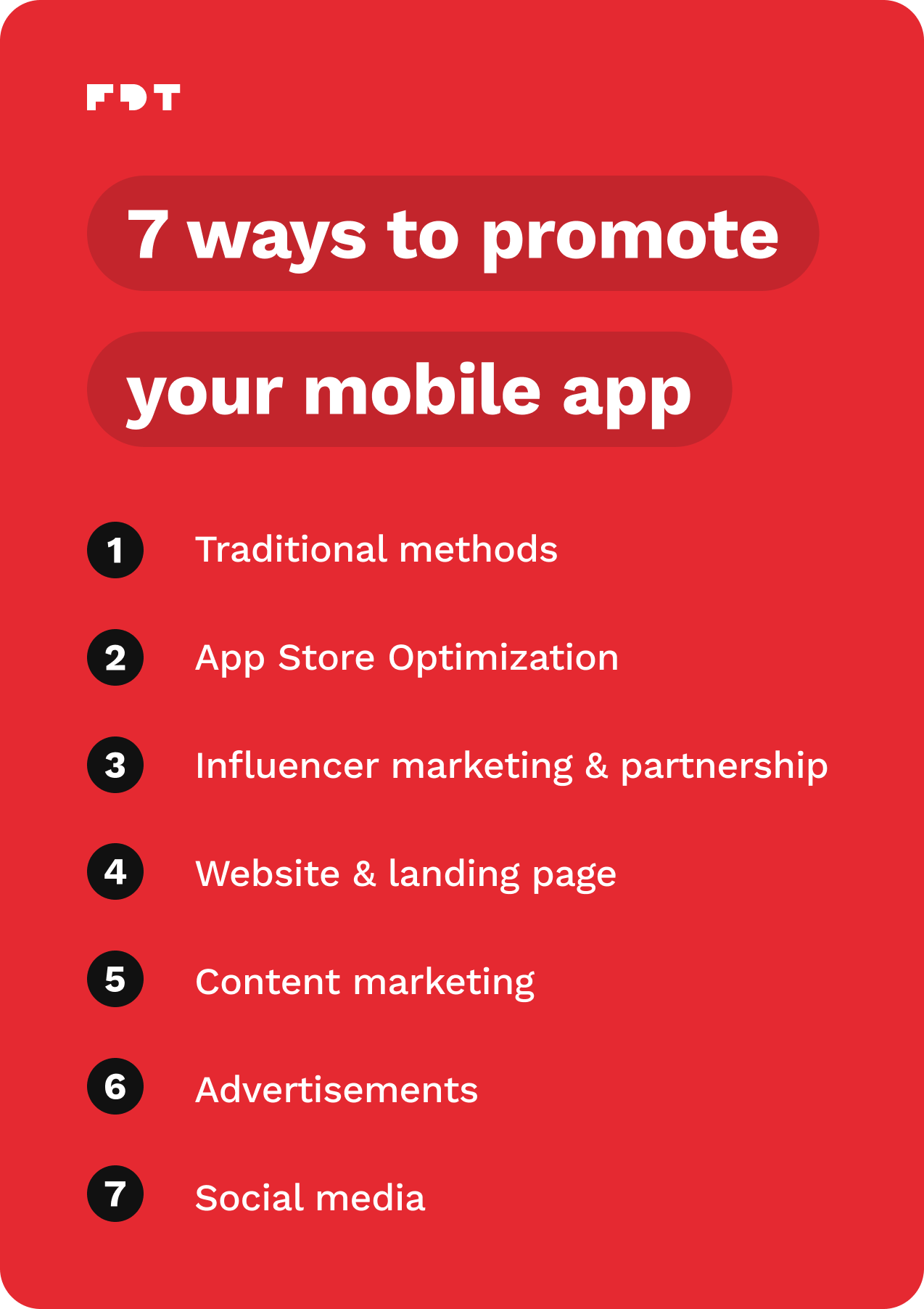
Credit: fivedottwelve.com
Paid Advertising
Promoting your mobile application can be challenging. Paid advertising is an effective strategy to reach a larger audience. It involves spending money to display your ads to potential users.
Social Media Ads
Social media platforms like Facebook, Instagram, and Twitter offer targeted advertising options. These ads can help you reach users based on their interests and demographics.
- Facebook Ads: Use Facebook to target users by age, location, and interests.
- Instagram Ads: Instagram allows you to create visually appealing ads that attract users.
- Twitter Ads: Twitter helps promote your app with promoted tweets and trends.
Each platform provides detailed analytics. You can track the performance of your ads and adjust them accordingly.
Search Engine Marketing
Search Engine Marketing (SEM) involves paying for ads to appear in search engine results. Platforms like Google Ads and Bing Ads are commonly used.
- Google Ads: Google Ads allows you to create search ads, display ads, and video ads.
- Bing Ads: Bing Ads can help you target users who use Microsoft’s search engine.
SEM can increase your app’s visibility in search results. Use keyword targeting to reach users actively searching for similar apps.
Both Google Ads and Bing Ads offer tools to measure your ad performance. You can see how many users clicked on your ads and installed your app.
| Platform | Ad Types | Targeting Options |
|---|---|---|
| Image, Video, Carousel | Age, Location, Interests | |
| Image, Video, Stories | Age, Location, Interests | |
| Promoted Tweets, Trends | Keywords, Interests | |
| Search, Display, Video | Keywords, Demographics | |
| Bing | Search, Display | Keywords, Demographics |
Utilizing Analytics
Utilizing Analytics is essential for promoting your mobile application effectively. Analytics provide insights into user behavior and app performance. This data helps refine marketing strategies and improve user experience. By understanding key metrics and implementing data-driven decisions, you can enhance your app’s visibility and retention rates.
Tracking Metrics
Tracking metrics is crucial for understanding your app’s performance. Key metrics include:
- Downloads: The number of times your app is downloaded.
- Active Users: Users who engage with your app regularly.
- Session Length: The time users spend in your app.
- Retention Rate: The percentage of users who return to your app.
- Churn Rate: The percentage of users who stop using your app.
Use these metrics to identify trends and make informed decisions. This helps you understand what works and what doesn’t.
A/b Testing
A/B Testing involves comparing two versions of an app feature to see which performs better. This method helps optimize user experience and improve conversion rates. Follow these steps for effective A/B testing:
- Select a Variable: Choose an element to test, like a button color or call-to-action text.
- Create Variations: Develop two versions of the element.
- Divide Your Audience: Split users into two groups. Show each group a different version.
- Analyze Results: Compare user interactions to determine the better-performing version.
- Implement Changes: Use the winning version to enhance your app.
Consistent A/B testing helps in refining features and improving user engagement.
Engaging Users
Engaging users is vital for the success of your mobile application. Users who engage more often become loyal. They also spread the word about your app. This section will focus on some key strategies to boost user engagement.
User Feedback
User feedback is a goldmine for improving your app. Encourage users to leave reviews and ratings. Respond to their comments quickly to show you care. Use their feedback to make necessary changes.
Consider implementing a feedback form within the app. This allows users to share their thoughts easily. You can also use in-app surveys to gather more insights.
Here’s a simple table to show how you can categorize user feedback:
| Feedback Type | Action |
|---|---|
| Bug Reports | Fix issues promptly |
| Feature Requests | Evaluate and prioritize |
| Positive Reviews | Thank and acknowledge |
Community Building
Building a strong community around your app fosters loyalty. Create forums or social media groups where users can share experiences. Encourage users to help each other and share tips.
Host events or challenges to keep the community active. Offer rewards or recognition to top contributors. This motivates more users to participate.
Use an email newsletter to keep users informed. Share updates, tips, and special offers through regular emails. This keeps your app on their minds and encourages regular use.
Here are some ideas for community-building activities:
- Weekly challenges
- Exclusive content for community members
- Q&A sessions with developers
Engage with your community daily. Answer questions and share news. This strengthens the bond between users and your app.
Frequently Asked Questions
How Can I Get More App Downloads?
Promote your app on social media and app review sites. Use App Store Optimization (ASO) to improve visibility. Run targeted ads on platforms like Google and Facebook. Leverage influencer marketing to reach a larger audience.
What Is App Store Optimization?
App Store Optimization (ASO) is the process of improving your app’s visibility in app stores. Use relevant keywords in your app title and description. Optimize your app visuals and encourage positive reviews to boost your app’s ranking.
How Do I Promote My App For Free?
Utilize social media platforms to share your app. Engage with online communities and forums related to your app’s niche. Collaborate with influencers for shoutouts. Create engaging content to attract organic traffic.
Why Is Influencer Marketing Effective For Apps?
Influencer marketing leverages trusted voices in your app’s niche. Influencers have loyal followers who value their recommendations. This can significantly boost your app’s visibility and downloads. It’s cost-effective compared to traditional advertising.
Conclusion
Promoting your mobile application requires strategic planning and execution. Utilize social media, influencer marketing, and SEO to increase visibility. Engage your audience with compelling content and regular updates. Monitor analytics to refine your strategies. With consistent effort, your app will reach its target audience and achieve success.

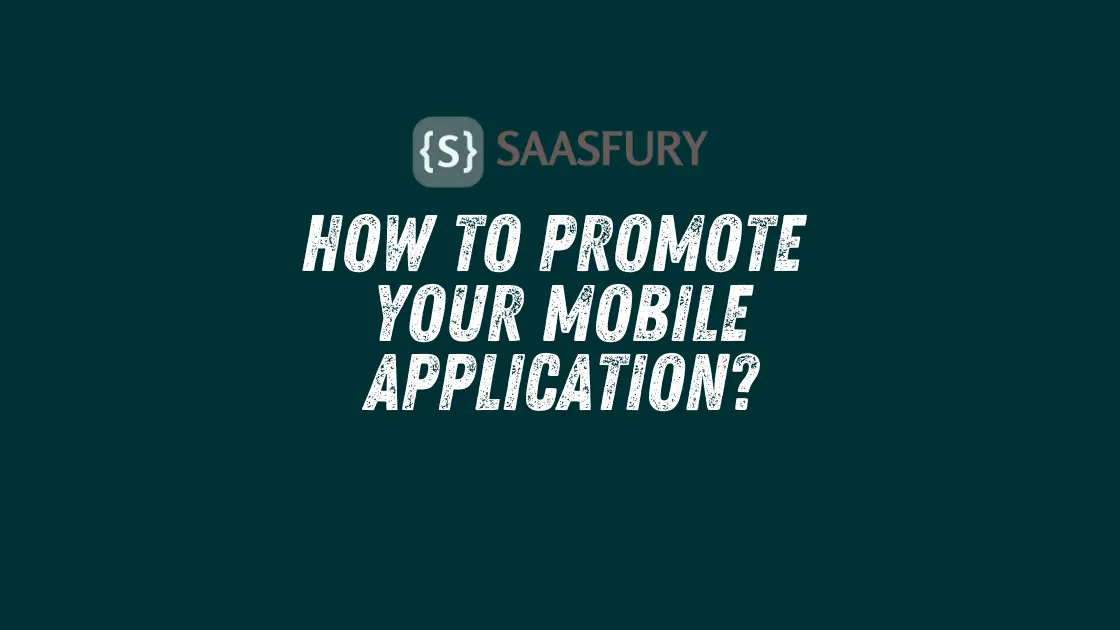


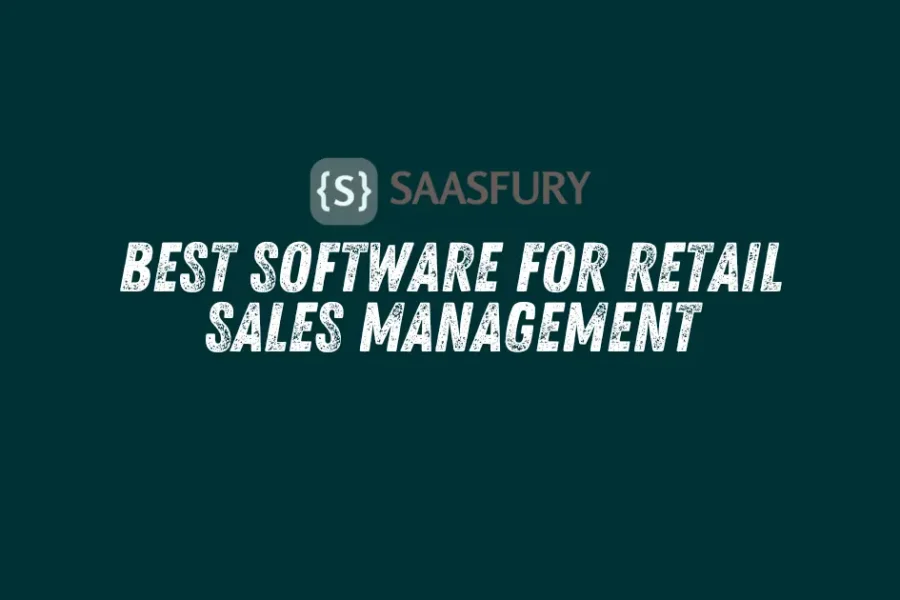
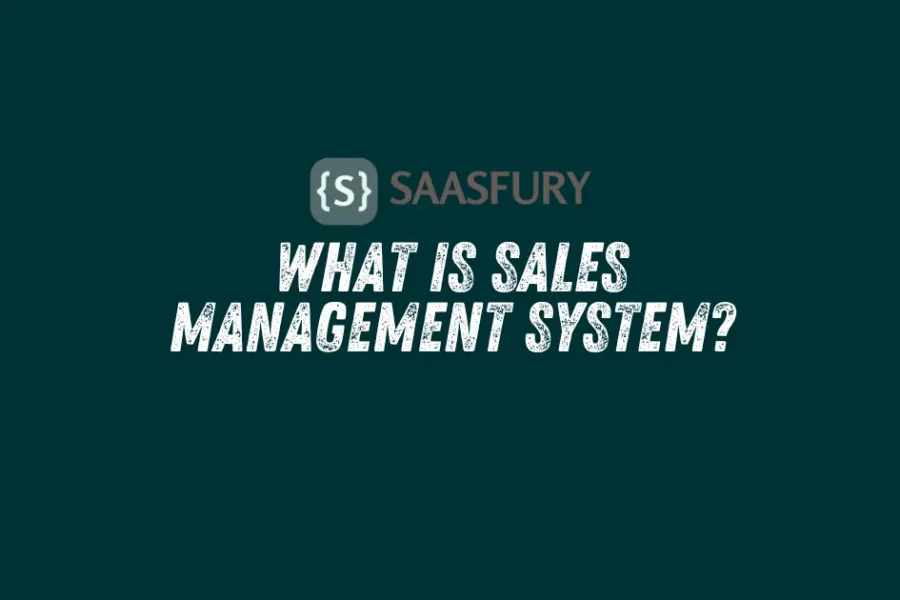
Leave a Comment